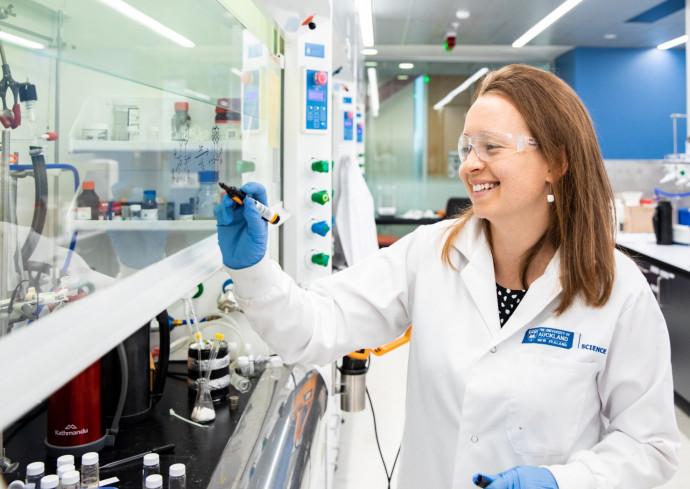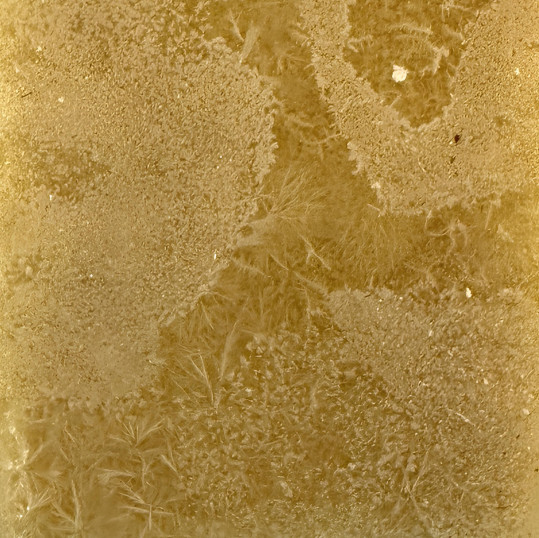Using safe-by-design approaches to develop alternatives to harmful ‘forever chemicals’

Stable ‘forever chemicals’ like PFAS have had long-lasting impacts on the environment and on human health. Dr Erin Leitao from Waipapa Taumata Rau the University of Auckland aims to create safer alternatives that won’t outstay their welcome
Published on 2 Whiringa-ā-rangi November 2023
The chemical bond between carbon and fluorine is one of the strongest in chemistry. Because of this, chemical compounds containing carbon-fluorine bonds are highly stable and have long been prized for their commercial applications; for example, per- and poly-fluoroalkyl compounds (PFAS) have been used in a range of everyday products including contact lenses and non-stick pans.
Decades on, we have come to understand that there is a downside to the stability of these compounds. Due to their widespread use and persistence, PFAS have been detected in soil, water (including rain and drinking water), food, breastmilk and human blood. When they become concentrated in our bodies they are toxic, causing cancer, developmental abnormalities, and infertility. Manufacture and use of some PFAS is now prohibited, and there is an urgent global need to develop alternatives to these “forever chemicals”.
Dr Leitao has been awarded a Marsden Fund Standard grant to develop “safe-by-design” replacements for PFAS. To accomplish this, she has brought together a team with expertise in synthetic chemistry, engineering, and environmental science. After designing fit-for-purpose PFAS alternatives, the team will carry out laboratory-based tests to investigate how they behave across a range of controlled environmental conditions. They aim to design alternatives that are stable under normal conditions, but can be triggered to degrade into harmless products.
The development of a new generation of safer PFAS-like substances will help us to continue to make the products we need, while also preserving the environment and our health.

The building blocks of Dr Leitao's next-generation PFAS, a rubbery material containing both sulfur and silicone (photo credit: Mahsa Rokni)
